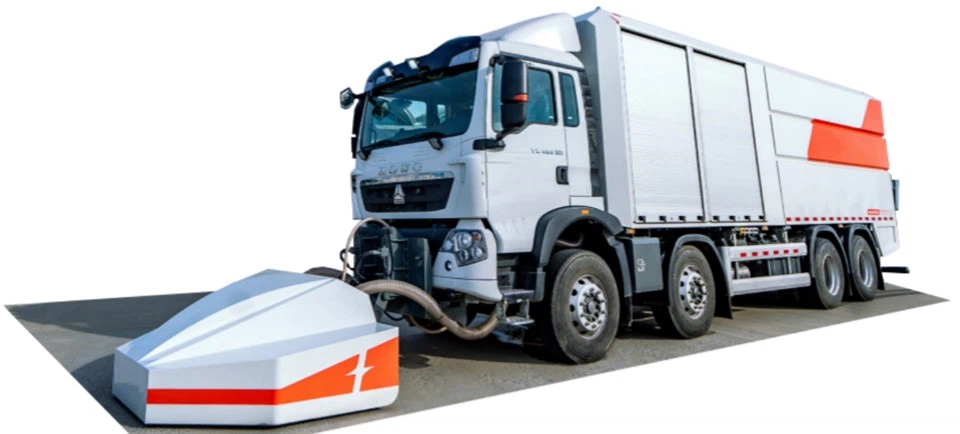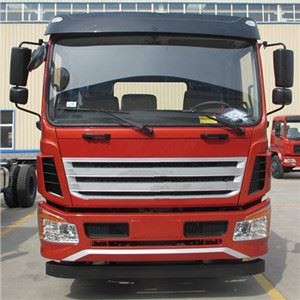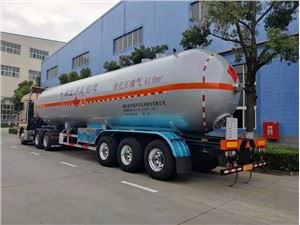Exploring ASL Garbage Trucks: A Comprehensive Guide

In today’s environmentally conscious society, understanding the machinery that helps keep our communities clean is vital. One such key player in this effort is the garbage truck, particularly those equipped with ASL, or Automated Side Loaders. This article will delve into the world of ASL garbage trucks, their functionality, benefits, and the impact they have on waste management.
What is an ASL Garbage Truck?
An Automated Side Loader (ASL) garbage truck is a specialized vehicle designed for waste collection that employs automation technology to enhance efficiency. Instead of relying on a crew member to manually load garbage, these trucks are equipped with robotic arms that lift and dump waste from containers into the truck’s hopper.
How ASL Garbage Trucks Work
The key components of an ASL garbage truck include:

- Automated Arm: A hydraulic-powered arm that extends, grips, and lifts trash bins. This arm minimizes the need for physical labor, reducing the chance of injuries.
- Control System: Operators use a joystick or control panel inside the truck to maneuver the robotic arm and gather waste.
- Compaction System: A mechanism that compacts the waste inside the truck to maximize loading capacity and minimize trips to the landfill.
The Benefits of Using ASL Garbage Trucks
| Benefits | Description |
|---|---|
| Improved Safety | Minimized manual labor reduces the risk of injuries for sanitation workers. |
| Increased Efficiency | ASL trucks can collect waste faster and more effectively compared to traditional methods. |
| Cost-Effective | Lower labor costs and increased collection rates lead to overall cost savings for municipalities. |
| Environmental Impact | By compacting waste, fewer trips to the landfill are needed, reducing carbon footprints. |
Key Components of ASL Garbage Trucks
1. Chassis
The chassis is the frame that holds the garbage truck together. ASL garbage trucks typically have a robust chassis to handle the weight of waste and withstand rigorous usage.
2. Robotic Arm
The robotic arm is the heart of the ASL system. It can extend several feet and rotate to collect waste from specific angles, allowing for flexible waste collection in tight spaces.
3. Compaction Mechanism
The compaction mechanism compresses the collected waste, maximizing the truck’s load capacity and minimizing the number of trips needed to empty it at a landfill or recycling facility.
4. Control System
Most ASL garbage trucks have electronic control systems that improve responsiveness and facilitate smoother operations during waste collection.
Real-life Examples of ASL Garbage Truck Applications
1. Municipal Waste Collection

Many cities around the world have integrated ASL garbage trucks into their waste management systems. For instance, cities like San Diego and Seattle have successfully adopted ASL technology to enhance their waste management efficiency.
2. Residential Areas
ASL trucks are particularly effective in residential neighborhoods where roads may be narrow. The automated systems enable quicker collection while reducing street congestion.
3. Commercial Waste Management
ASL garbage trucks are also utilized for commercial waste management, offering businesses a reliable and efficient means of disposing of waste.
Challenges and Solutions in ASL Garbage Truck Operations
1. Technical Malfunctions
Technical issues can arise with the robotic arm or compaction system. Regular maintenance and employing skilled operators can help mitigate these issues.
2. Initial Investment Costs
The initial cost of ASL trucks can be prohibitive for some municipalities. Grants and partnerships with manufacturers can help offset these expenses.
Future Trends in Garbage Collection Technology
1. Smart Waste Management Systems
The integration of IoT technology will enhance the capabilities of ASL garbage trucks by allowing real-time monitoring and route optimization.
2. Electric and Hybrid ASL Trucks
As municipalities aim for more sustainable waste management practices, the development of electric and hybrid ASL garbage trucks will likely gain momentum.
3. Improved Recycling Technologies
Future ASL systems may incorporate advanced sorting capabilities, enabling better recycling and waste separation directly in the collection process.
Tips for Effective Use of ASL Garbage Trucks
1. Regular Training for Operators
Training operators on the latest protocols for using ASL garbage trucks can improve safety and efficiency.
2. Scheduled Maintenance
Establish a routine maintenance schedule to ensure all components of the ASL trucks are functioning optimally.
3. Community Education
Educating the community about proper waste disposal methods can improve overall waste management effectiveness.
Frequently Asked Questions (FAQ)
1. What types of waste can ASL garbage trucks collect?
ASL garbage trucks are designed to collect a variety of waste types, including residential, commercial, and recyclable materials.
2. Are ASL trucks environmentally friendly?
Yes, ASL trucks are more environmentally friendly compared to traditional trucks due to reduced trips to landfills and energy-efficient compaction.
3. How do municipalities benefit from using ASL garbage trucks?
Municipalities benefit through lower operational costs, improved efficiency, enhanced safety, and reduced environmental impact.
4. Can ASL garbage trucks handle large items?
While ASL trucks are effective for regular waste, larger items may need to be collected via specialized systems or manually.
5. How do municipalities maintain their ASL garbage trucks?
Regular inspections and maintenance checks should be scheduled to ensure the hydraulic, mechanical, and electrical systems are functioning properly.

6. What is the lifespan of an ASL garbage truck?
With proper maintenance, ASL garbage trucks can have a lifespan of 10-15 years or more, depending on usage and care.
